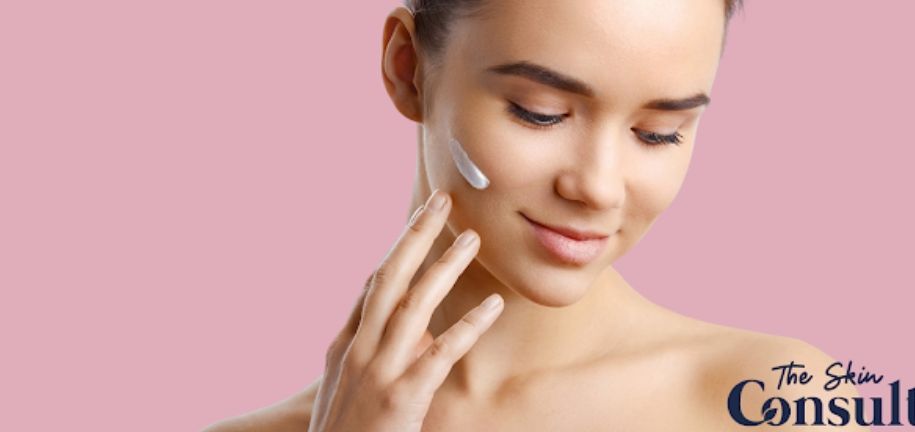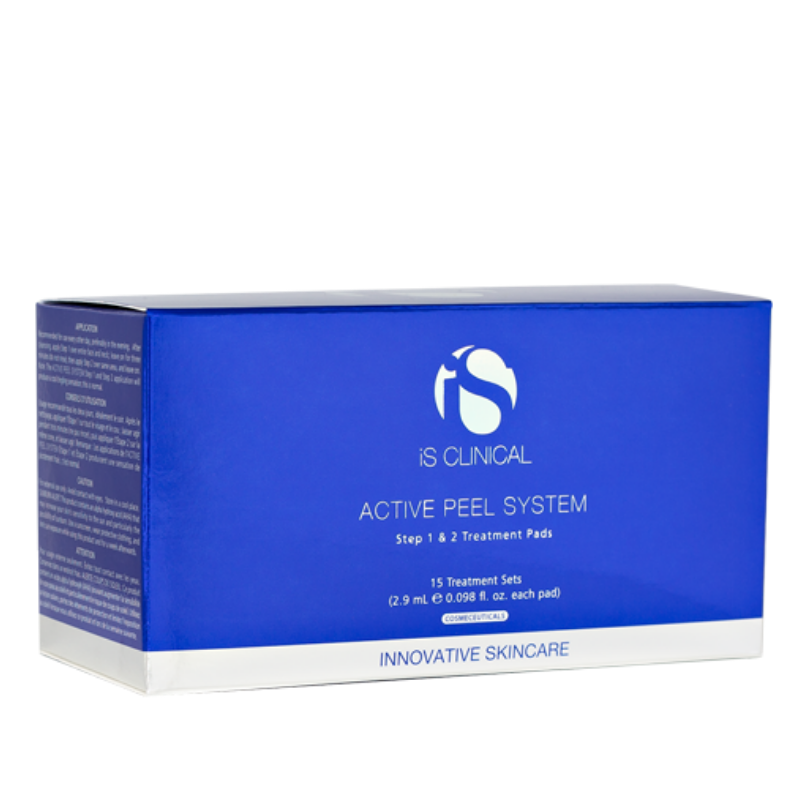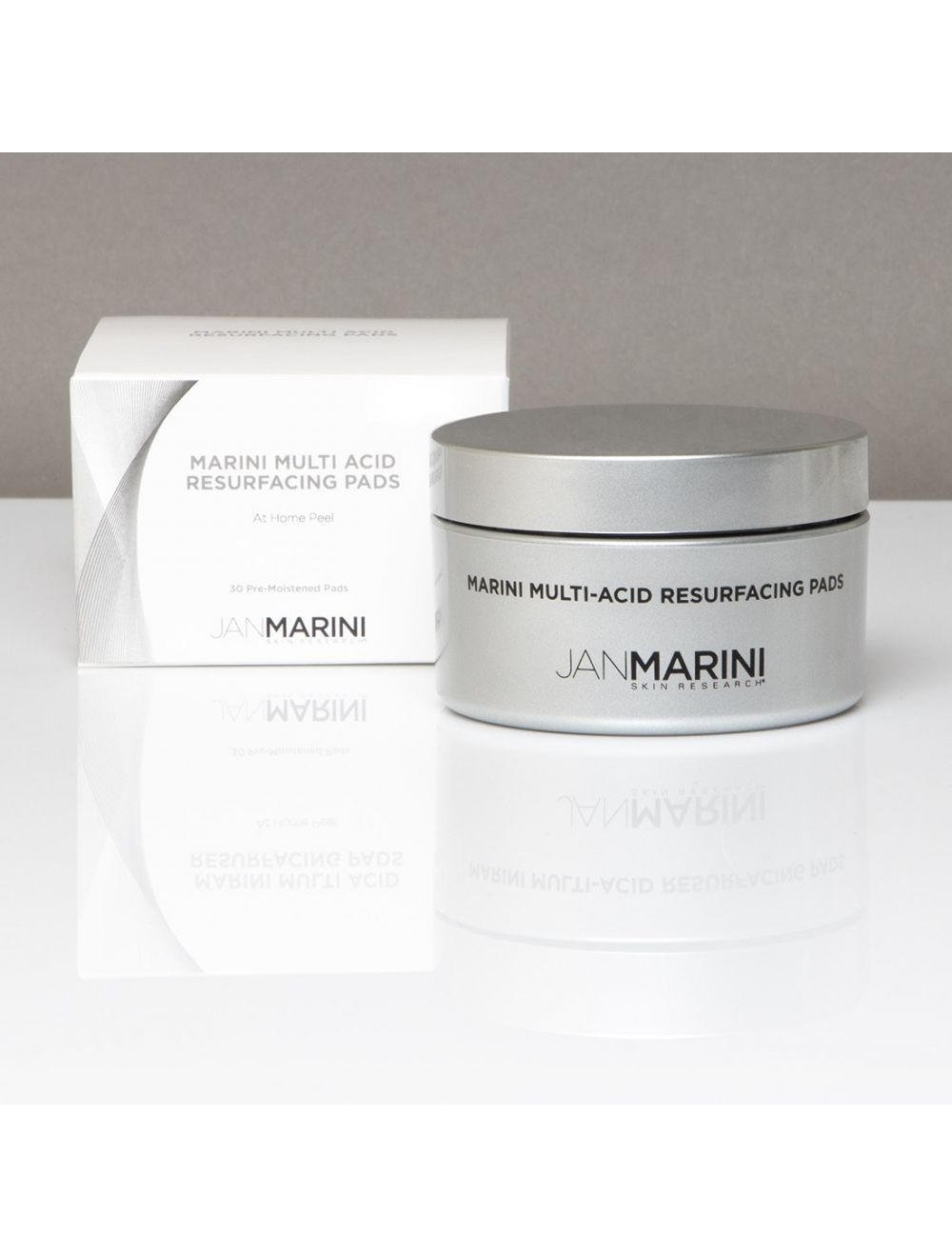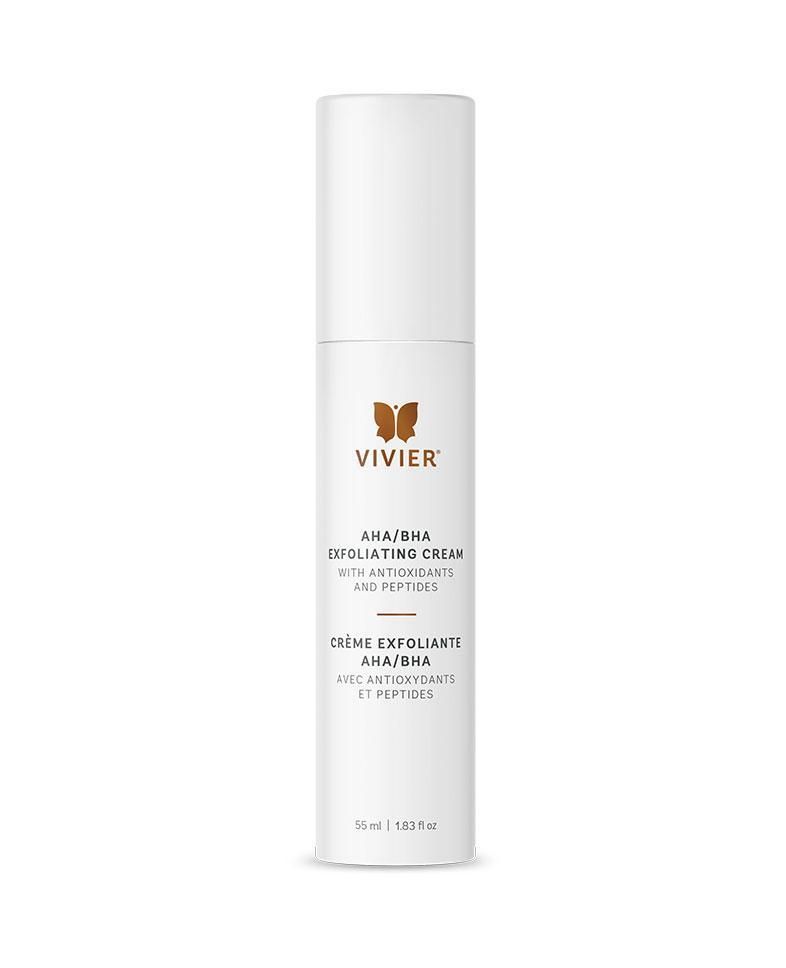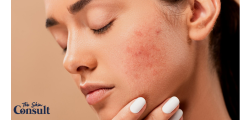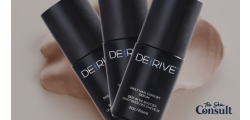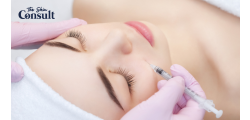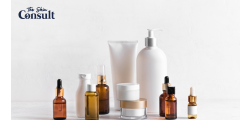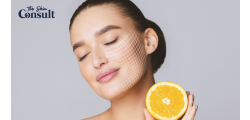Over the last few years, there has been a surge of popularity in the skincare industry involving active-based products. Resulting from this surge of popularity, consumers are now and want to start implementing these products in their daily regimens. But first, we need to take a step back and learn about what’s in these products, especially the variety of acids - and learn how to implement them into your personal regimen to accomplish your skincare goals.
Choosing the right acid for your skin needs can be extremely overwhelming when looking at the vast amount of acids out there in the market, as said by Dr. Purvisha Patel, board certified dermatologist, “It’s important to choose the right acids for your skin type. If you have oily skin choose a beta hydroxy acid such as salicylic acid to help unclog pores and help with acne. If you have dry skin, alpha hydroxy acids like glycolic and lactic acids help exfoliate and brighten. Sensitive skin may do better with larger molecules of a polyhydroxy acid such as gluconolactone so there is less penetration/ irritation.”
Carboxylic acids
Firstly, all of the acids we discuss will fall into the Carboxylic acid family. This is an umbrella term that includes a variety of classes such as alpha-hydroxyacids (AHAs), polyhydroxy acids (PHAs), aldobionic acids (ABAs), retinoic acid, vitamin C and azelaic acid. These ingredients are often found in products to exfoliate and brighten the skin. Although they are similar, they differ slightly and can be used in different ways depending on your skin goals.
AHAs/BHAs/ PHAs/ABAs
AHAs, PHAs and ABAs are organic hydroxyacids, a group of natural and physiological substances which can modulate skin keratinization and increase the biosynthesis of dermal components. AHAs, PHAs and ABAs are therapeutically effective and beneficial for topical treatment of dry skin, rough skin, acne, rosacea, warts, eczema, psoriasis, and skin changes associated with aging, including wrinkles and photoaging. This is due to the fact that they increase skin thickness by stimulating biosynthesis of hyaluronic acid and collagen fibers. Additionally, PHAs and ABAs are antioxidants which are topically beneficial for sensitive or diseased skin and for the prevention of oxidative damage caused by UV radiation. E
Examples of common AHAs include glycolic acid, lactic acid, and mandelic acid. If the AHA contains more than one hydroxyl or carboxyl group, AHA then becomes beta-hydroxyacid (BHA). BHAs can be more exfoliating and harsher on the skin, but can be great for treating acne and breakouts.
Commonly used BHAs are salicylic acid and benzoyl peroxide.
The best AHAs for acne include glycolic acid, lactic acid, methyl lactic acid, mandelic acid, and benzilic acid.
A combination treatment with an alternate usage of glycolic acid and retinoic acid formulations provides substantial improvement of acne lesions.
Retinoic Acid
Retinoids are based on three basic vitamin A substances: vitamin A alcohol (retinol), vitamin A aldehyde (retinal) and vitamin A acid (retinoic acid). Whereas both retinol and retinal can perform four physiological functions-- vision, reproduction, growth and differentiation--retinoic acid can perform only the last two functions. Since differentiation is integral to keratinization, Vitamin A acid on topical application promotes proliferation and differentiation of epithelial cells and stimulates the synthesis of collagen I and III. It is more effective for topical treatment of acne, actinic keratoses, and photoaged skin. Two synthetic retinoids, tazarotene and adapalene, which do not have the conventional vitamin structure, have been found to be therapeutically effective for topical treatment of acne.
Ascorbic Acid
Vitamin C is an l-form ascorbic acid, 3-oxo-l- gulonolactone, present in vegetables and various fruits. Vitamin C performs many physiological functions, such as promoting wound healing related to hydroxylation of proline and lysine in collagen synthesis and acting as a water-soluble antioxidant in reducing oxidized vitamin E.
Azelaic Acid
Azelaic acid is a nine-carbon dicarboxylic acid. Azelaic acid 20% cream has been used for topical treatment of acne. It has been suggested that azelaic acid possesses three pharmacological effects, namely
(a) normalizing the effect of keratinocytes on disturbed terminal differentiation in the follicular infundibulum.
(b) producing an antibacterial effect against intrafollicular Propionibacterium acnes.
(c) producing an anti-inflammatory effect in the inhibition of reactive oxygen species.
Studies have shown that 20% azelaic acid cream may be as effective for acne as 0.05% retinoic acid cream, 5% benzoyl peroxide gel, and 2% erythromycin ointment. Azelaic acid 20% cream has been shown to be as effective as 4% hydroquinone for topical treatment of melasma. Azelaic acid has not been shown to have any beneficial effects on dry skin or wrinkles.
Azelaic acid, AHAs and PHAs at higher concentrations appear to diminish hyperpigmentation. In summary, salicylic acid is an aromatic hydroxy acid, and AHAs, PHAs and ABAs are aliphatic. Hydroxyacids. At present, only vitamin A and aliphatic hydroxy acids have been shown to be topically effective for photoaging skin.
Discover exfoliating serums to help you with your dull and uneven skin to get smooth and bright skintone!




